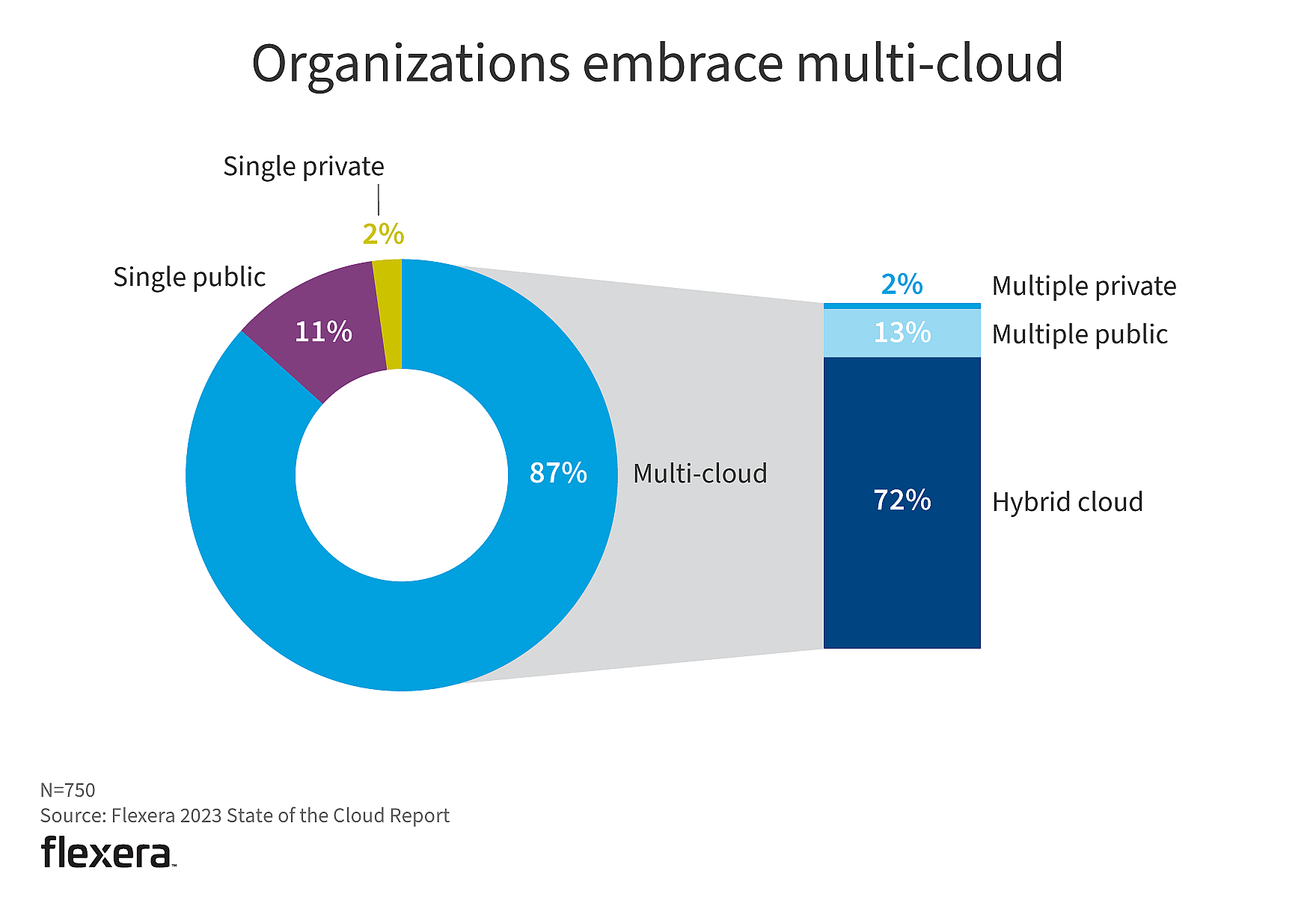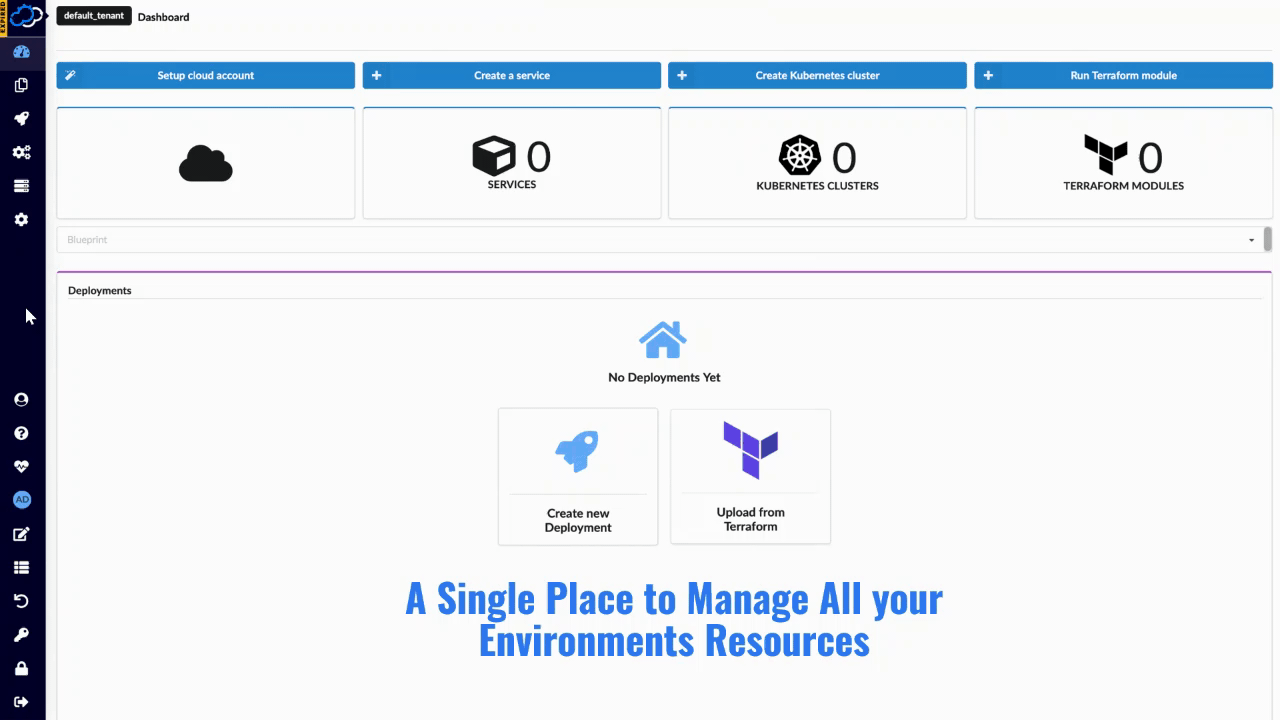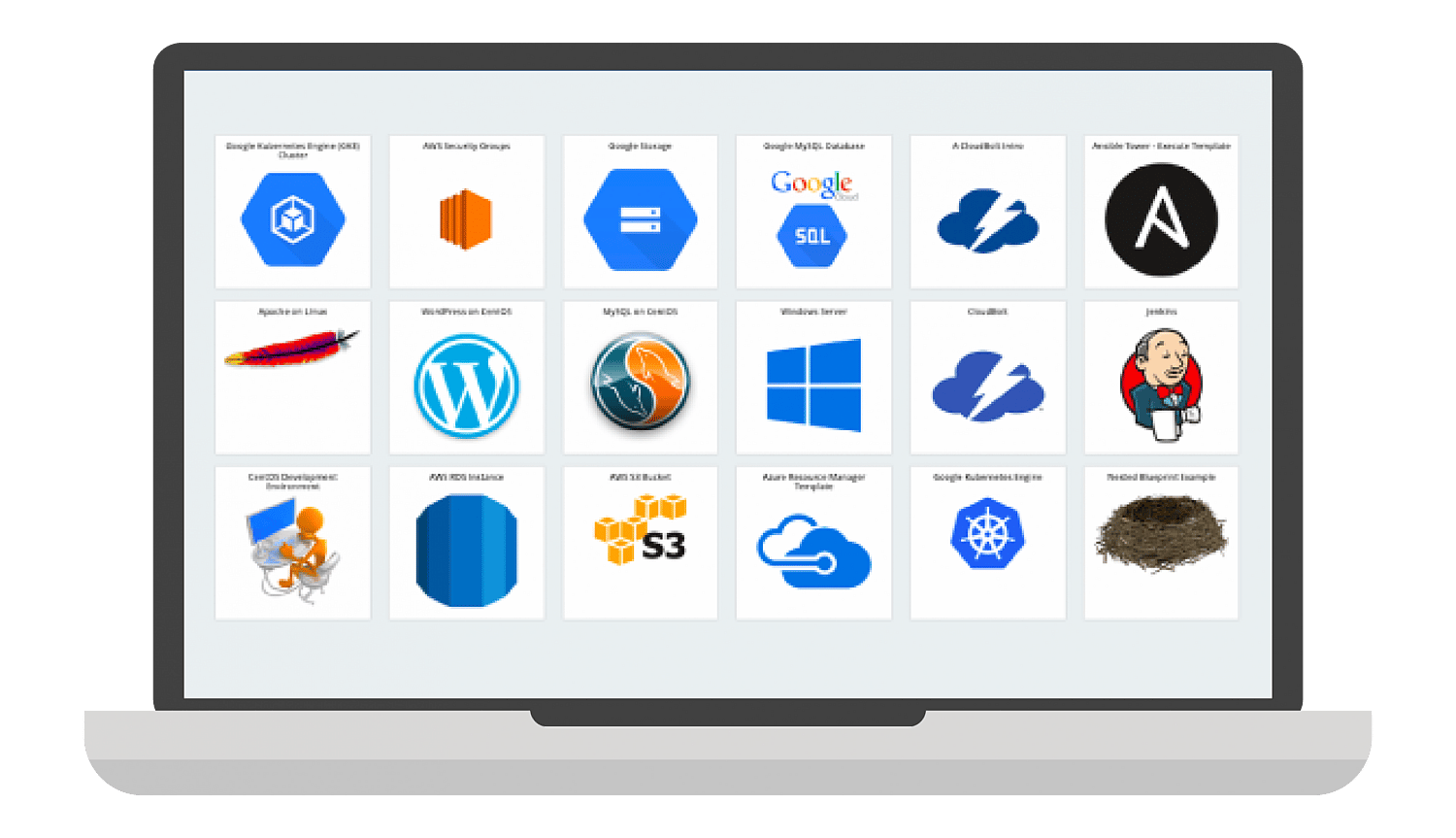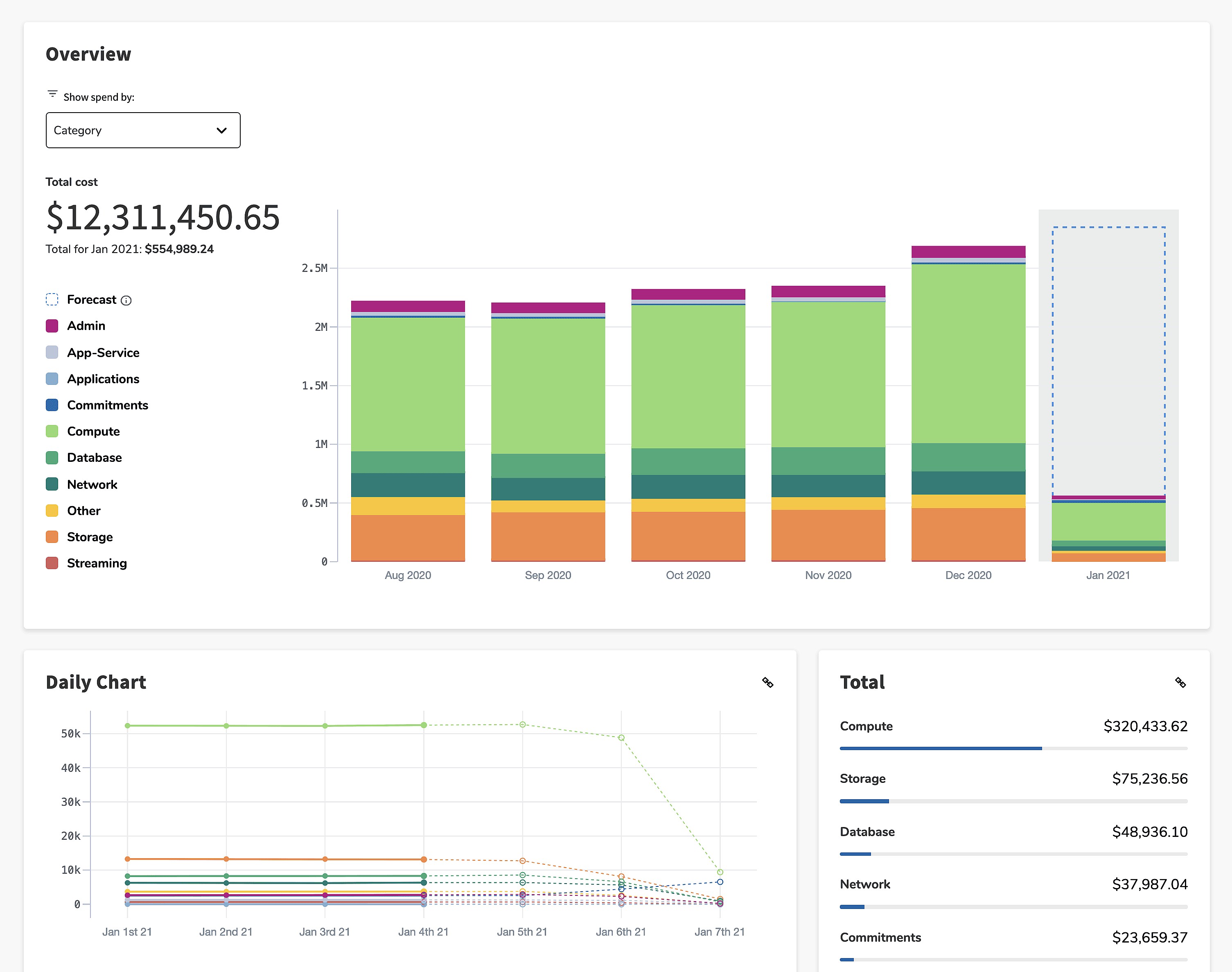
Table of Contents
According to IBM’s survey, more than 85% of businesses were using Multi-Cloud in different configurations. Various public, private and hybrid clouds can be combined in a multi-cloud environment.
By deploying a multi-cloud architecture, you can avoid vendor lock-in and gain the freedom to integrate superior cloud services in an ideal way. Performance, capacity, reliability, costs, risks, and the ability to achieve the organization’s goals are all taken into account by the plan.
For example, based on requirements and provider strengths, a company may use a mix of clouds, such as Microsoft Azure for Office apps, Google Cloud for artificial intelligence, and AWS for advanced analytics.

Best Multi-Cloud Management Platforms
Many variables will influence multi-cloud management platform selection. The top cloud management systems are listed here to help you choose the best option for your specific needs.
Cloudify
An open-source multi-cloud management software called CloudFi provides automated resource optimization and provisioning. To help enterprises manage their cloud costs, the environment-as-a-service (EaaS) orchestration platform also provides cost-tracking capabilities. It is a great platform that optimizes resources to handle different workloads in the best possible way.

Important features
- Modify relationships and structure visibility using a canvas-based visual editor.
- Easily define, deploy and scale resources and applications in a multi-cloud environment.
- Automatically deploy, scale and manage cloud resources in response to predefined policies and triggers.
- Accelerate production environment creation and testing for CI/CD.
- Easily integrate with Kubernetes, Jenkins, Terraform, Ansible and other systems.
- Simplifies and optimizes the control and administration of difficult multi-cloud management activities.
Terraform
Terraform is a powerful infrastructure-as-code tool that helps teams provision, upgrade, and maintain resources in a multi-cloud setting.
Resources can be provisioned automatically or as needed by tools. Terraform is a cloud-based, open-source, and enterprise edition that can be used by enterprises of all sizes.
Important features
- Enables teams to provision resources independent of providers and build infrastructure as code in an efficient manner.
- The infrastructure can be easily scaled to accommodate the demand and meet the needs of different teams.
- It offers a self-service infrastructure as a service (IaC) that easily interfaces with various development and administration tools, IT service management software (ITSM), and CI/CD/Version Control System (VCS).
- Handle cross-cloud dependencies efficiently.
- Simplify managing large-scale multi-cloud infrastructure.
- To consistently deploy apps and infrastructure across multiple cloud platforms, use the same methods.
CloudBolt
A scalable, integrated platform for managing multiple clouds and hypervisors, CloudBolt is compatible with a variety of settings and technologies. It helps businesses optimize costs, enhance self-service and responsiveness, and simplify cloud environment maintenance.
Thanks to the platform’s pluggable architecture, teams can add support for additional technologies more quickly and efficiently.

Important features
- Integrate disparate technologies and services from multiple service providers in an efficient manner. With the platform, you can integrate and manage multiple services from a single control panel.
- This makes it easy to manage multi-cloud and hypervisor settings.
- Resource management from Google Cloud Platform, Azure, AWS, IBM Cloud, Hyper-V, vCenter and other platforms can also be integrated.
- Enables the use of pre-defined blueprints by IT workers, even those with moderate technical abilities, helping them avoid mistakes, misconfigurations and compliance issues.
- Flexibility, customization and operational efficiency are all enhanced by the expandability and wide range of connected technologies.
- Easily handle workloads across different cloud platforms.
Flexera
Resource Management, Cost Optimization and Visibility are all features of MCMP offered by Flexera. The platform gives IT teams the power to predict costs, optimize, enforce rules and automate cloud governance operations. Additionally, it helps the organization comply with industry-specific and standard regulations.

Important features
- It gives teams complete insight into all their multi-cloud resources, including network storage, processing and other resources, from a single, central location.
- In multi-cloud scenarios, use a powerful orchestration engine to automatically manage and control cloud operations and resources.
- Automate administration, security compliance and operations with built-in and custom policies.
- Reusable blueprints can be used to create and deploy services across multiple clouds.
- Automated configurable governance policies to manage costs, security, compliance and operations
IBM Cloud Manager
With the help of IBM Cloud Manager, businesses can effectively build, deploy, provision and manage services in a multi-cloud environment. It gives you the ability to securely view and manage your surroundings.
Teams can design templates or single units that handle each component of the application with the help of a multi-cloud manager.
Important features
- Regardless of where your clusters are located, you can monitor failed pods and identify non-operational nodes within each cluster.
- Monitor resources, applications, security and administration across multiple clusters.
- Identify and resolve security threats and policy violations in your clusters.
- Create cluster inventory and refine it based on functions, applications, cloud providers, geography and note and application health.
- Improved workload distribution that allows groups to split their workloads across multiple clouds.
Conclusion
Organizations can improve security, flexibility, scalability and other benefits by using different deployment options in a multi-cloud environment. To guarantee reliability and optimum return on investment, however, proper management and controls are essential.
A multi-cloud management platform should provide the tools various IT teams need to monitor and manage multi-cloud environments and resources. Teams can optimize multi-cloud resources and costs, gain insight and manage resources more effectively with the administrative visibility provided by the platform.
READ | Empower Your Vision: Build Your Own Mini PaaS With These 7 Powerful Programs


1 thought on “Top 12 Platforms for Multi-Cloud Management in 2024”